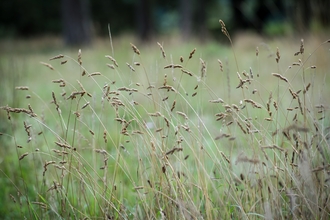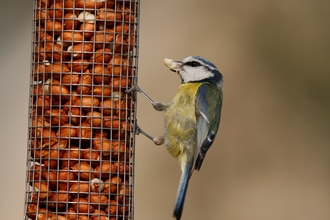
©Chris Maguire
Carrion crow
The all-black carrion crow does not nest in colonies like the similar rook. It can be seen almost everywhere.
Scientific name
Corvus coroneWhen to see
January to DecemberSpecies information
Category
Statistics
Length: 47cm Wingspan: 98cm Weight: 510g Average Lifespan: 4 yearsConservation status
Common. Classified in the UK as Green under the Birds of Conservation Concern 5: the Red List for Birds (2021).
About
The crow that we are most familiar with is the carrion crow. It is completely black and makes a hoarse, cawing sound. Carrion crows make big nests out of twigs, rags, bones, and anything else they can find, which they hide in tall bushes; they do not nest in colonies like rooks, but are mostly solitary. Carrion crows are birds of farmland and grassland, but are extremely adaptable and will come to gardens for food, often seeming to be quite fearless. They feed on dead animals (as their name suggests), invertebrates and grain, as well as taking eggs and chicks from other birds' nests. Although now classed as a separate species to the similar hooded crow, the carrion crow can interbreed with its cousin, and hybrids occur where their ranges cross.How to identify
The carrion crow is all-black, with a glossy sheen. Unlike the rook, it has a black bill with no bare patches, and does not sport any feathery 'trousers' on its legs. Crows are also usually found singly or in small numbers, whereas rooks tend to hang out in large groups. The crow is smaller than the raven and has a square-ended tail, compared to the raven's diamond-shaped tail.Distribution
Widespread, but absent from the north-west of Scotland, Northern Ireland and the Isle of Man.Did you know?
The crow family (known as corvids) are famous for their intelligence. Many species have shown an ability to solve problems, recognise human faces and even use tools!Watch
Crow (https://vimeo.com/444189730)
Crow by John Bridges



